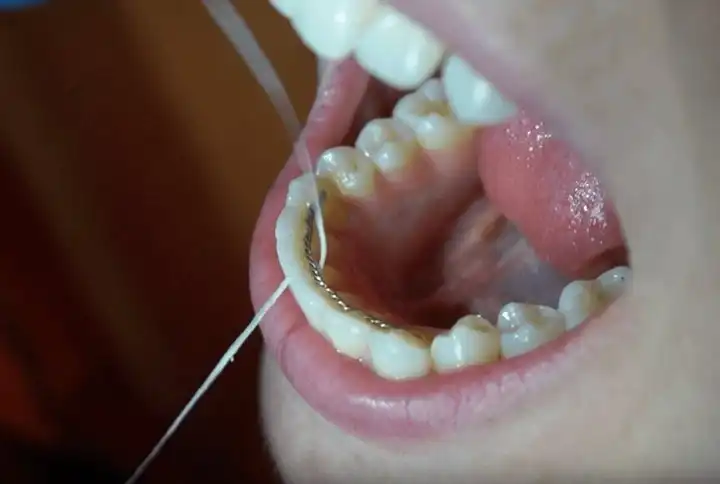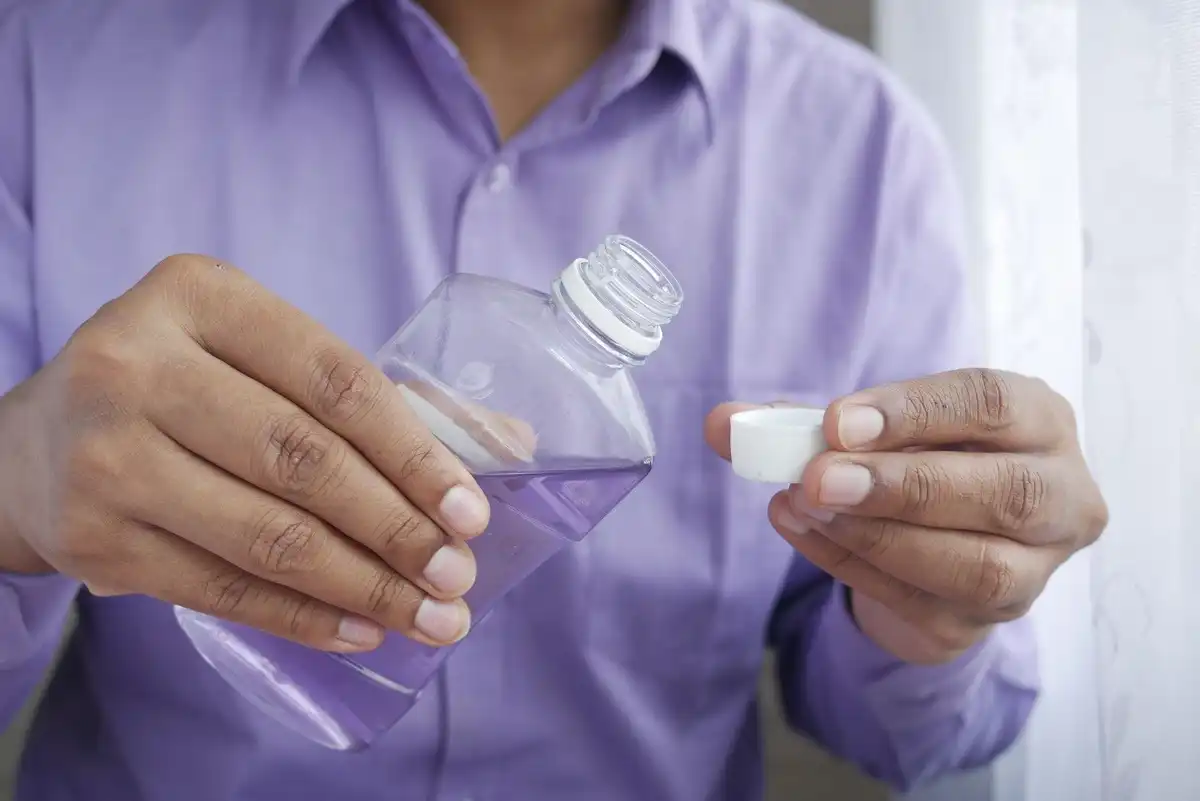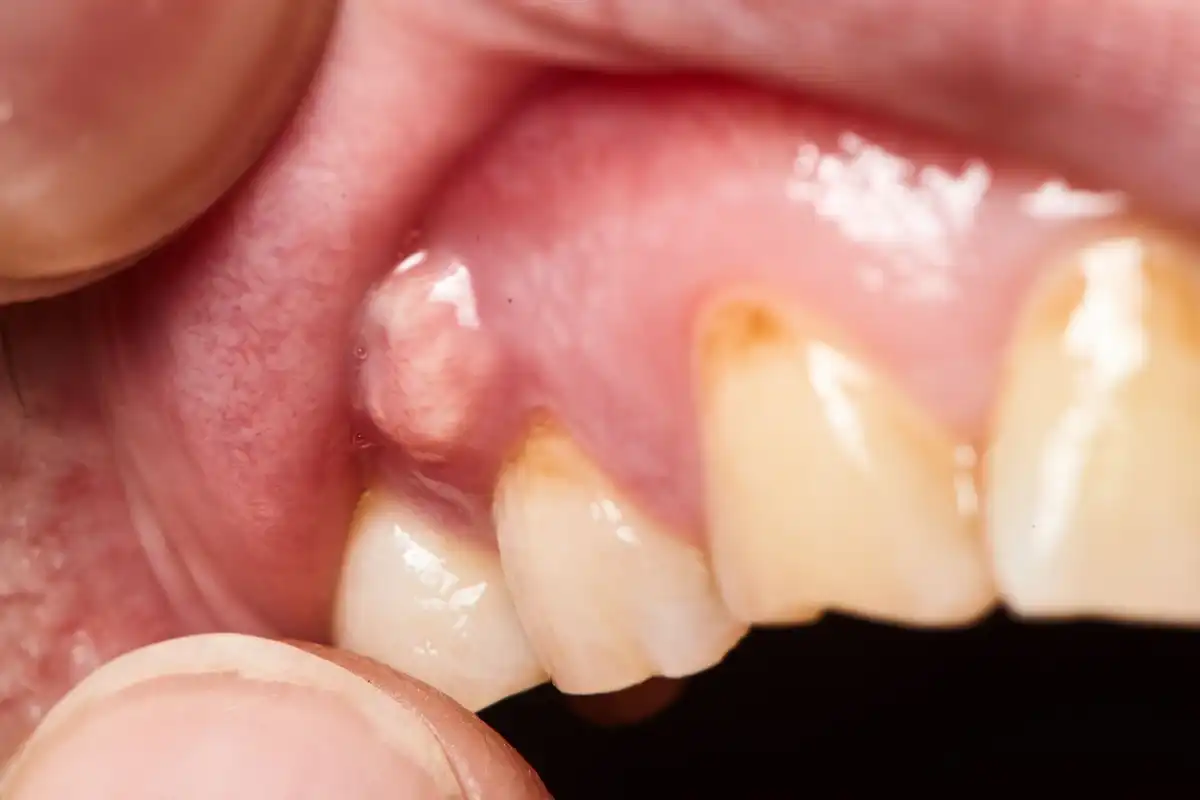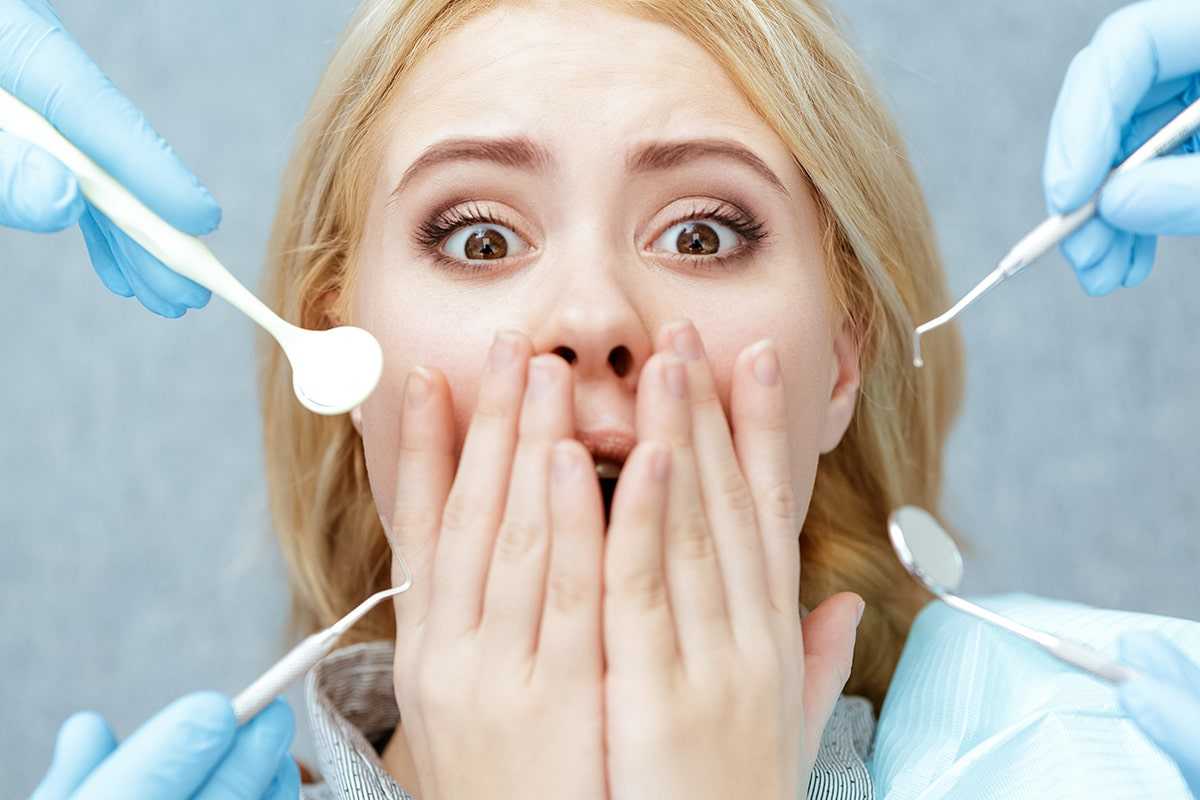8 Reasons Why Are My Gums Peeling Off?

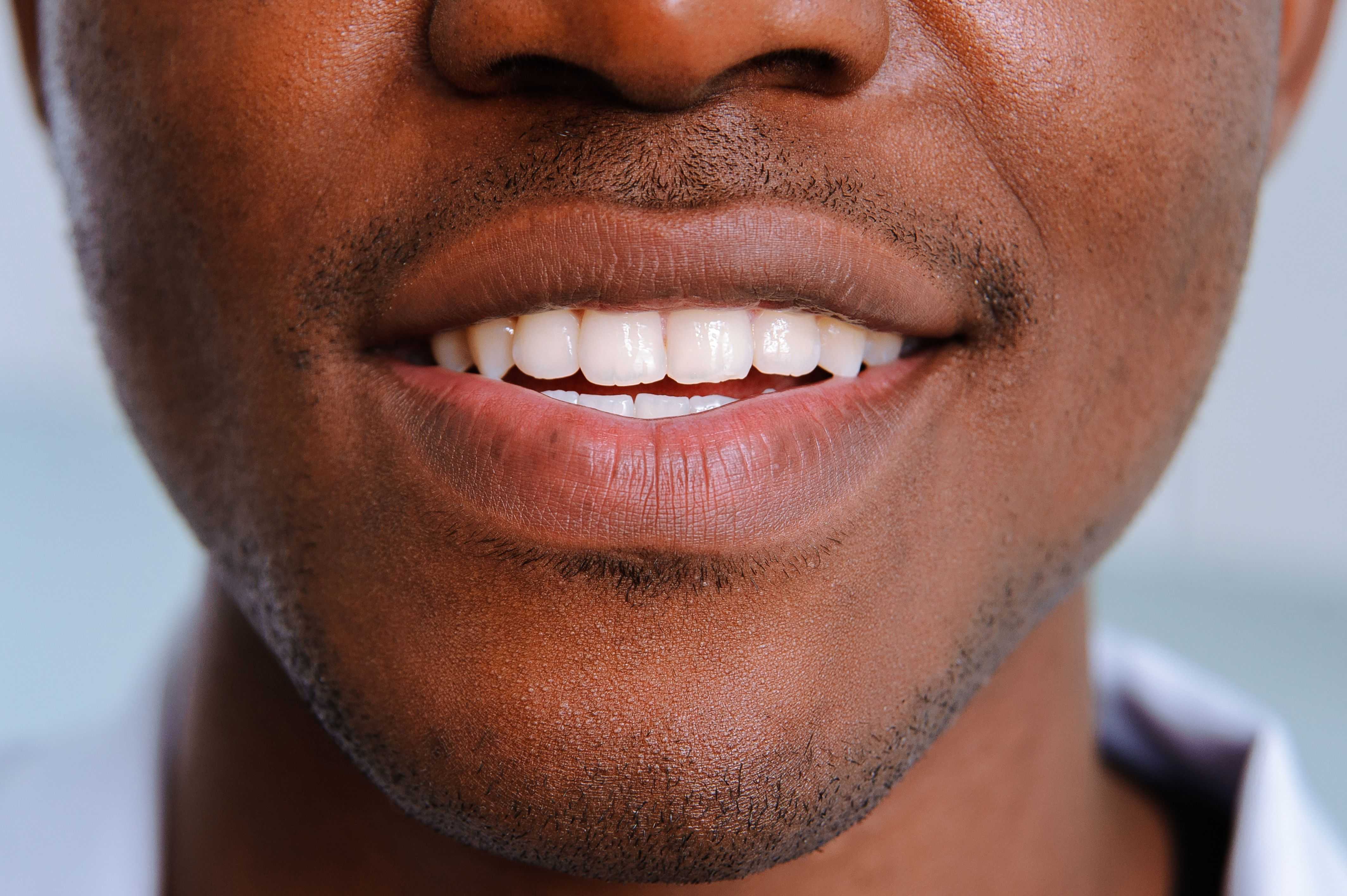
Peeling gums—aka “gingival sloughing” (pronounced SLUH·fing)—is where the outer layer of your gum tissues slough off or peel. You might be used to peeling skin after a sunburn or skin sloughing on your lips if they get chapped pretty bad, but peeling gums is usually an entirely another issue.
If you tend to have peeling gums on a regular basis, it’s important to narrow down what’s causing it. That way, you can change your home care routine or remove those risk factors from your lifestyle.
What Causes Gum Peeling/ Sloughing Gums?
Peeling gums aren’t normal, but they aren’t always indicative of something really bad going on inside of your mouth. Depending on what’s causing your oral mucosa to slough off, it might be a quick fix like changing your toothpaste, or it could call for a biopsy with your oral surgeon.
Whenever your gums are peeling, it’s usually because of some type of reaction to something they’re exposed to during the day. Or, it could be an immune response because of an underlying condition that simply presents itself as sloughing gums.
Now, whenever our skin peels because of a sunburn or rash, it’s usually once and done. But perpetual peeling gums and other mucosa throughout your mouth (like inside your cheeks or in the roof of your mouth/palate) usually calls for a consult with your dentist’s office.
Read More: Cheek Skin Peeling Inside Mouth
8 Reasons for Gums to Peel
This isn’t a comprehensive list, but here are 8 of the most common reasons why your gums might be peeling:
1. Your Toothpaste
Related: Best SLS Free Toothpastes
2. Gingivitis
Normally gingivitis makes your gums red and puffy, and there’s a good chance that they’ll bleed. Depending on the extent of your gum infection, it’s possible that the tissues right along the margins of your gums (just next to your teeth) will also peel every now and then, especially when they’re irritated by rubbing your toothbrush across them. Gingivitis turns into gum disease if left untreated so get on top of your gingivitis fast!
3. Smoking and Tobacco Use
4. IBS or Chron’s Disease
5. Whitening Products
The bleaching agents inside teeth whitening strips and gels can cause gum irritation and teeth sensitivity. If not used correctly, they can cause tissue burns and peeling mucosa, similar to the issues caused by low pH toothpaste. Make sure the product doesn’t come into contact with your gums whenever you use it (using less gel in your whitening trays can help prevent spill-overs.)
6. Orthodontic Appliances
When you first get braces, chances are the appliances are going to rub and irritate the inside of your mouth. The oral mucosa that rubs up against your brackets and wires will need to “toughen up” and develop a callous of sorts. In the meantime, they may peel a little bit. If those areas hurt, consider using orthodontic wax to help buy you some time.
7. Lichen Planus (LIE-kun PLAY-nus)
Oral lichen planus causes white plaques to develop on the inside of your mouth. It can be itchy, crusty, flaky, and sometimes painful. It’s not contagious, but it usually doesn’t go away, so the best thing to do is try to manage it with the help of your doctor.
8. Precancerous Tissue or Oral Cancer
Any time you have a sore in your mouth where the skin keeps peeling off and doesn’t heal, you need to make sure you’re up to date on your oral cancer screenings.
The Link Between Gum Health and Overall Wellness
I’ve said it a thousand times: your mouth is the gateway to the rest of your body. It’s a reflection of your overall wellness. When our mouths are infected, swollen, or have something wrong going on inside of them, it strains our immune system. But it also means we have an active infection or disease that can potentially result in the spread of bacteria into our bloodstream and other organs.
Since dentists spend a lot more time looking in and around your mouth than other types of physicians, they may be one of the first health professionals to recognize the manifestations of some underlying condition.
Knowing that our oral health can impact our overall wellness gives us all the more reason to manage gum infections. Aggressive, untreated gum disease is proven to increase your chances of stroke, heart attack, heart disease, unregulated blood sugar levels, pre-term labor, and a host of other serious health issues.
Prevent Peeling Gums
The best way to prevent chronic peeling skin or gums is to use an SLS-free toothpaste and gentle, non-irritating oral care products (avoid anything with alcohol in it.) Practice good oral hygiene by removing any retainers or dentures and cleaning them as directed by your dentist. Watch for mouth peeling triggers from certain foods, brands of dental products, or other physical symptoms going on at the same time. Awareness is key because that’s what allows you to pinpoint the cause of peeling gums and then make changes in your lifestyle to prevent them in the future.
Talk With Your Dentist
Experiencing peeling gums is not fun and kinda shocking for the first time! If you’ve already tried switching out your toothpaste and mouthwash or stopped using whitening products to see if your peeling gums will improve—and they’re still peeling—it’s time to schedule a dental checkup. Your dentist will walk through your medical history, discuss your diet and any supplements you’re taking, and review your oral care routine.
By getting a professional assessment of your peeling gums, you can better address and manage them, taking the guesswork out of your end. This is especially crucial if the condition is linked to something potentially serious or life-threatening.
Overcoming Gums Peeling
Mucosal sloughing (peeling gums) can be due to various different issues, so it’s important that you be aware of your oral health. Through the process of elimination and partnering with your dental team, you can pinpoint what’s causing your gums to peel and help to correct it. Always make sure to communicate with your dentist and stay up to date on regular checkups, so they can intervene if your peeling gums are because of something serious.
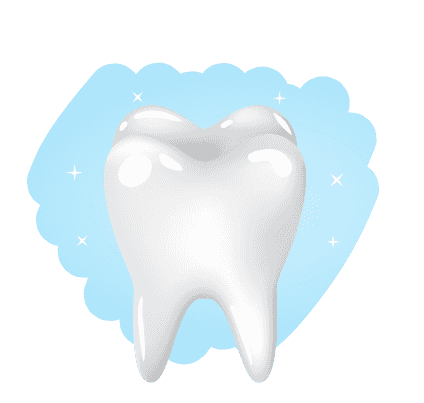
Make your inbox smile!
Subscribe


